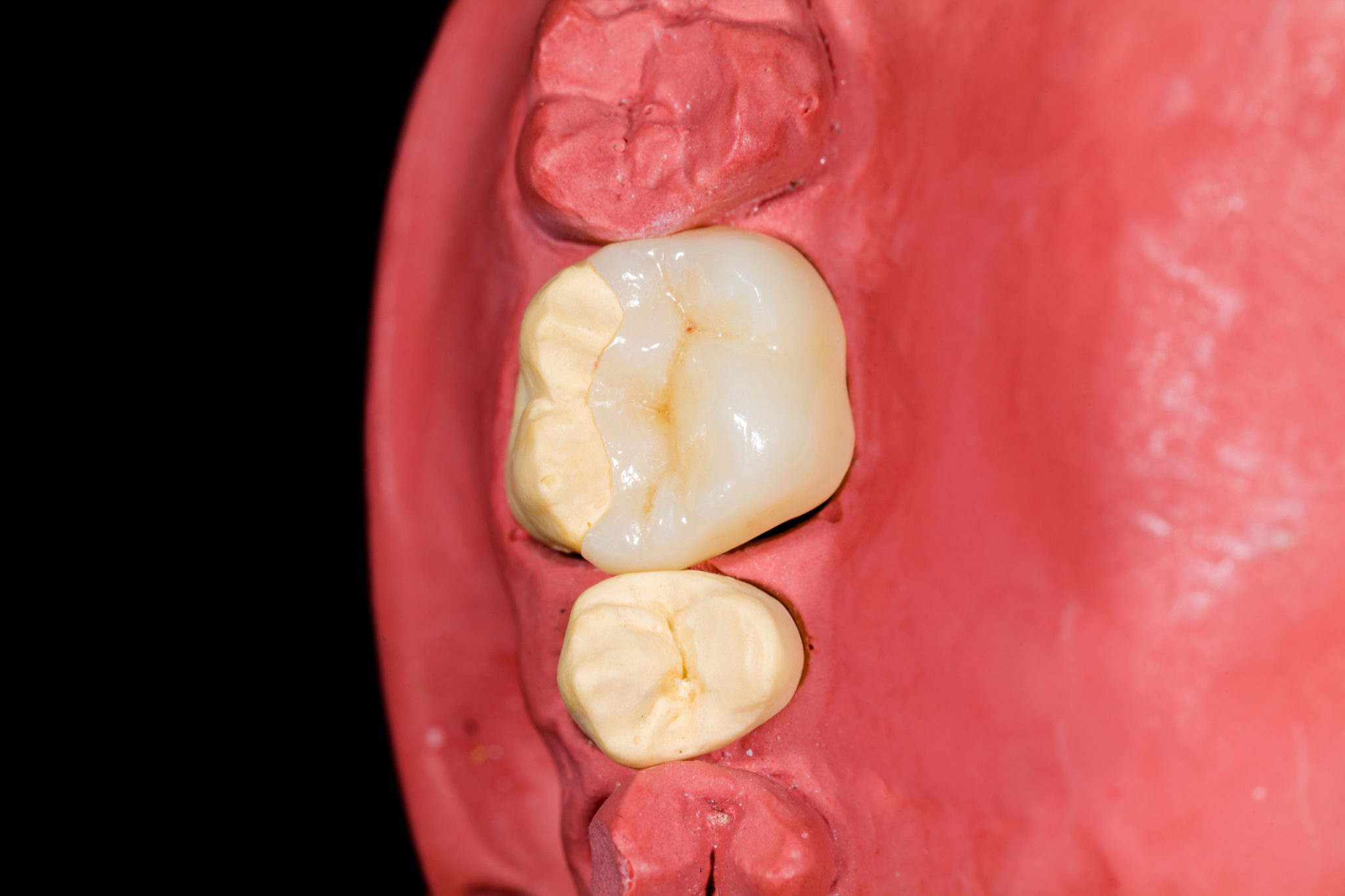When it comes to repairing or improving teeth, dentists may recommend veneers, fillings, or crowns. Each option serves a different purpose and works best for different dental problems. Knowing the differences can help you understand your treatment plan and make informed decisions about your oral health.

What Are Veneers?
Veneers are thin shells, usually made of porcelain or composite resin, that cover the front of a tooth. They are bonded to the tooth’s surface and used to improve appearance. Veneers are usually a cosmetic solution rather than a restorative one. Dentists often use them to fix:
- Discolored teeth
- Small chips or cracks
- Gaps between teeth
- Teeth that are slightly crooked or misshapen
Veneers do not strengthen teeth. They work best when the underlying tooth is healthy and strong.
What Are Fillings?
A tooth filling repairs a tooth that has been damaged by decay. The dentist removes the decayed part and replaces it with a filling material, like composite resin, amalgam, or gold.
Fillings are a common treatment for cavities. They stop decay from spreading and restore the tooth’s normal function. You might need a filling if you have:
- A small to medium cavity
- Minor tooth wear or erosion
- A chipped tooth with enough structure left
Modern fillings can match the color of your natural teeth, especially when using tooth-colored materials like composite resin.
What Are Crowns?
A dental crown is a cap that fits over a damaged tooth to restore its shape, size, and strength. Unlike veneers, which only cover the front, a crown covers the entire tooth. Crowns are made from materials such as porcelain, ceramic, or metal.
Dentists use crowns when a tooth is too damaged for a filling but not so far gone that it needs to be pulled. Crowns can address:
- Large cavities
- Cracked or broken teeth
- Teeth after root canal treatment
- Severely worn teeth
Crowns not only improve appearance but also protect weakened teeth from further damage.
Veneers vs. Fillings vs. Crowns: A Side-by-Side Comparison
| Feature | Veneers | Fillings | Crowns |
|---|---|---|---|
| Purpose | Cosmetic improvements | Repair minor decay or damage | Protect and strengthen the compromised tooth |
| Coverage | Front surface of the tooth only | Fills the internal area of decay | Covers the entire tooth |
| Material Options | Porcelain, composite resin | Composite, amalgam, gold | Porcelain, ceramic, metal, zirconia |
| Durability | Moderate (7–15 years) | Moderate (5–10 years) | High (10–15+ years) |
| Tooth Preparation | Minimal | Slight to moderate | Extensive |
| Common Use | Discoloration, minor gaps or chips | Cavities, mild chips | Large decay, fractured, or root canals |
| Aesthetic Result | Very natural-looking | Natural if a composite is used | Natural, depending on the material |
How to Choose Between Them
Your dentist will help you decide between veneers, fillings, or crowns based on your dental needs, the condition of your teeth, and your long-term goals. However, having a basic understanding of what each option offers can make that conversation easier and more productive.
In many cases, veneers are a suitable option when the tooth is healthy but the appearance falls short. For people who want to improve the look of their smile, veneers can offer a solution for cosmetic concerns such as discoloration, uneven shape, or small chips in the enamel. They are also a popular choice for closing small gaps between teeth when orthodontic treatment isn’t necessary.
Fillings, on the other hand, are typically used to treat minor to moderate tooth decay. If your tooth has a small cavity but still maintains most of its original structure, a filling may be all that’s needed. The goal here is to remove the decayed material and seal the area to restore function and stop further damage. Fillings are also used to repair small chips, particularly if function—not appearance—is the main concern.
Crowns become necessary when the damage goes beyond what a filling can manage. If you’ve had a root canal, a crown is often placed to protect the tooth and restore its strength. Similarly, if a large portion of the tooth is missing due to decay, fracture, or wear, a crown can cover and support it. People with teeth worn down from grinding may also benefit from crowns, as they can rebuild proper shape and bite alignment.
Maintenance and Lifespan
No matter which treatment you receive—veneers, fillings, or crowns—proper care plays a major role in how long the restoration lasts. Daily brushing, flossing, and routine dental check-ups are essential for keeping your teeth and dental work in good condition.
Over time, any dental restoration can show signs of wear. Veneers, though durable, are not immune to damage. They can chip or come loose if exposed to unnecessary force. Using your teeth to open packaging or biting on hard foods can shorten their lifespan.
Fillings, especially older ones, may wear down or crack under pressure. They can also loosen if decay forms around the edges. Composite resin tends to last years, but eventually, fillings will need to be replaced.
Crowns are built for strength, especially when made from materials like ceramic or metal. Still, they can fracture or come off if the cement bond weakens or if excessive force is applied. Even a well-placed crown isn’t permanent. Regular dental exams can help detect early signs of failure so repairs can be made before more extensive treatment is required.
Receive Cosmetic Dental Treatment Today
Do you need to address your dental injuries? Call Dr. Gotwalt for treatment at 717-627-6980 or request a dental consultation with her on our website. Let Dr. Gotwalt know if you have any further questions about dental fillings or porcelain veneers. She will be glad to help you.
